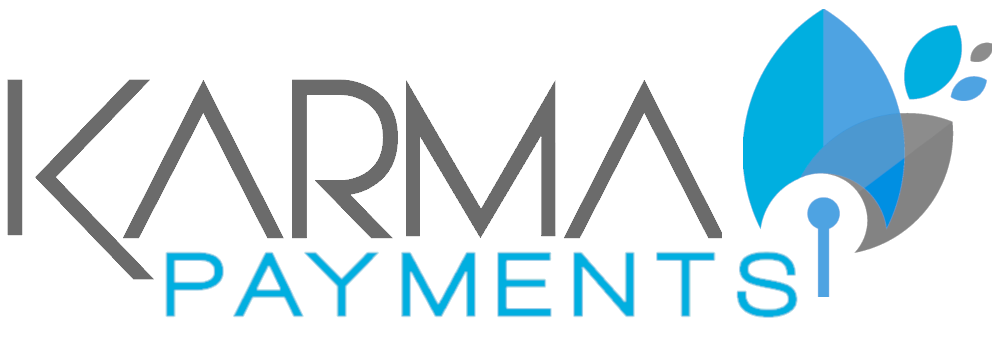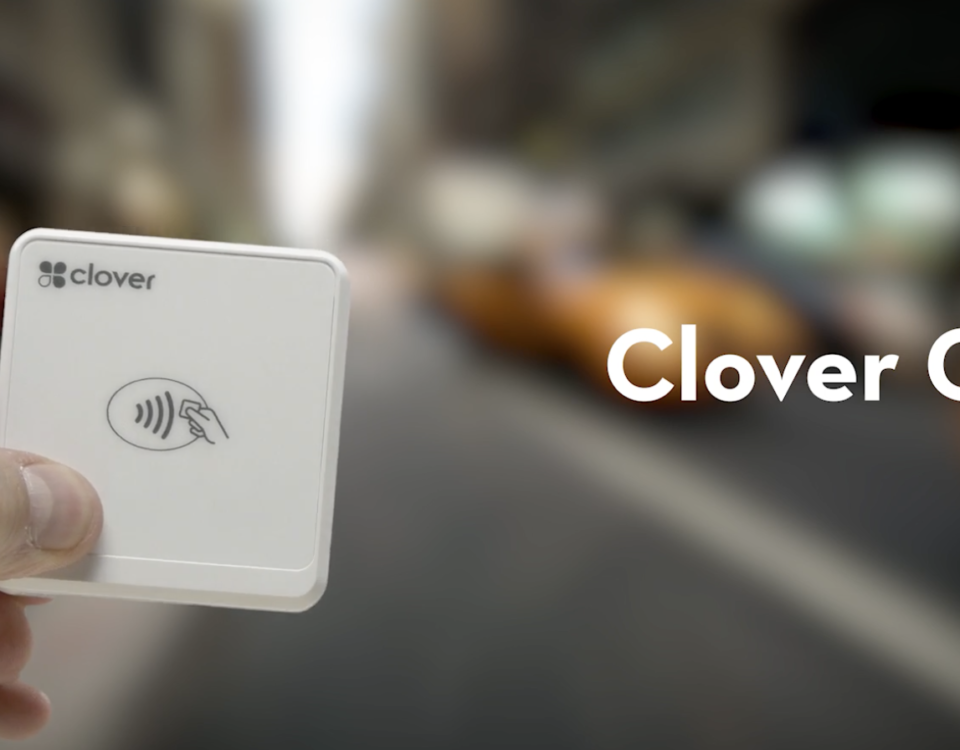
Karma Benefits Food Banks
May 13, 2020With a strong foundation in letter recognition, students have an easier time learning the sounds associated with the letters. Letter tiles. Teacher evaluation Letter-Sound Correspondence P.012 Brown Bag It Extensions and Adaptations Check the pictures in the bags for initial sound matches during a whole group activity. There are a total of 8 different letter sound activities that can be played many different ways so that you can use them all year long! Letters & Phonics Alphabet Curriculum Our Complete Letters & Phonics Literacy Program includes easy to follow guided lessons, hands-on activities, science projects, art projects, and more! My lower group works on matching the uppercase and lowercase letters; while my middle group(s) work on matching the uppercase and lowercase letters, as . To make the (9) Make A Word activity you will need 3 wooden blocks. 16-7751_10/16. Of course, it is important to . Rhyming intervention. These are great for morning work or independent work. 4. See more ideas about alphabet activities, preschool literacy, alphabet preschool. 5 Phonological & Phonemic Awareness Activities | Learning ... Pudding Letters. Place the medial sound picture cards face down in a stack. 14 Phenomenal Phonics Activities for Preschoolers ... Once the foundation of letters and sounds is established, students begin working with initial sounds and phonemes. Jan 13, 2018 - Explore Sherri Ellis's board "Early Intervention - Letter/Sound", followed by 185 people on Pinterest. One of the ways that you should develop letter sounds and phonological awareness in your student will be through rhyming intervention. Phonological Awareness: Students learn to identify and manipulate the sounds in spoken words including skills such as oral segmenting and oral blending. Find Activities. PDF Phonological Awareness: Blending - Intensive Intervention Note the difference between the number of letters and sounds in these words. PDF Learning Letters and Sounds - Make Take & Teach Hands-on letter sounds activity; Quick tips for teaching letter sounds. There are picture flashcards to use with the uppercase and lowercase progress monitoring flashcards. Class Calendar; 7 Habits of Happy Kids Class; . Blending Sounds Activities to build Phonological Awareness 4. Last Updated 06/26/2017 . Grab, Say, & Build. In order for students to move beyond "pretend reading," they need to master their letter sounds. See more ideas about kindergarten literacy, letter activities, alphabet activities. Join our email list and get this sample pack of time-saving resources from our membership site! While students . On the alphabet mats, students move pompoms with tongs to build the letters. I was teaching and assessing one sound for each consonant (e.g., /k/ for C and c) and the short vowel sounds; therefore, the children . Teacher cuts down on the number of letter activities per the student's tolerance 1 1-on-1 Teaching Letters and Sounds: 17 Strategies that Work. Letter recognition activities and alphabet intervention ideas for kindergarten students. As students become more accurate and fluent with blending, add words with four sounds (e.g., slip, drop, hits, chirped) and later, five sounds Use Letter/Sound Flash Cards. Early Intervention; Classes. Alphabet Recognition & Sound. Rhyming. 3. The lesson in this instance focuses on the graphemes 'r', 'h' and 'j' and the common sound/phoneme each letter makes. Match - Say the sound for the letter on the individual cards and have your child match each letter to the same letter on the grid. If words with three sounds are too difficult, back up and present word with two sounds (e.g., at, if, me). Letter Sounds Activity Cards. This Letter Skills Binder is a reading intervention tool that targets letter recognition, letter identification, and letter sounds. Spend 1-2 minutes sliding the circular chip across the page while saying the sound that goes with each letter. Home These are two that he constantly asks to do. The short intervention lesson would take the place of a guided reading session and include: Let's take a look . Use to sort the emojis to the matching letter. When working with students one-on-one, give them an alphabet chart to match letters to. Every class can be a time to learn the sounds of letters and words. 6. Letter recognition is the ability to visually recognize letters, differentiate one letter from another, and name the letters of the alphabet. Using cut-out or magnetic letters, the teacher lines up the letters that make up the target word under each of the appropriate blanks on the Word Boxes: Phonics Practice Sheet.The student is then directed to sound out each letter sound in the CVC word while sliding that moveable letter counter into the corresponding word box. Inflected Ending Interventions. Children listen for beginning sounds in words and use bingo markers to stamp a letter each time they hear the letter sound. Amplify offers ideas for at-home activities for younger students to develop foundational skills. We begin by mastery of letter recognition and also working on letter sounds! Pompoms. It provides the opportunity for many group activities which will help children develop important social skills as they engage in multisensory play with rhymes, syllables, beginning sounds, alphabet knowledge, letters, word parts, and test their memory skills! If there is a specific letter that a student cannot identify, then I give a single Alphabet Letter Worksheet to practice the letter. Phonemic awareness does NOT include letter identification or matching letters to their sounds. Beginning Sounds. Predictable text strips are a great way to practice fluent reading and 1:1 word correspondence. Activity 5: Develop early language, literacy, motor, and social skills At some point during your day, your students should have a chance to practice their letters and sounds in a way that is routine and repetitive. The rest of the activities in this post are perfect for easy differentiation! Every class can be a time to learn the sounds of letters and words. As students become more accurate and fluent with blending, add words with four sounds (e.g., slip, drop, hits, chirped) and later, five sounds Strategies and Activities Resource Book for Students at Risk for Reading Difficulties, Including Dyslexia. shopping centers, group activities, and many more which require the ability to read, write, and speak to become an active participant. They help children with letter recognition, letter identification, letter-sound correspondence, and writing. Kids need to say the word (shown in the picture) and what sound it begins with, for example "rainbow, rainbow begins with an "r" sound. 3. Both an ABC and CVC word version is included. Each player gets five cards and the rest of the cards go in a pile in the center of the table. FreeReading contains activities and intervention materials for the following early literacy skills: Print Concepts: Students learn how different forms of print are read. If words with three sounds are too difficult, back up and present word with two sounds (e.g., at, if, me). If they don't have a match, tell them to "go fish" which means to choose from the pile. Introduce and practice letter sounds using the Match, Select, Name approach: Using a grid of 4 spaces, write one letter in each space. . There are two ways to play. Beginning Sounds. On this page you will find a wide range of extremely useful free resources for foundational literacy (as pdfs and links to Debbie's further free resources) for: information, training, guidance, assessment, teaching and learning purposes - in mainstream and intervention contexts. They are able to break apart words using individual segmentation. For reading, the children need to know that when they see the letters they have to say the relevant sounds [demonstration]. It focuses ONLY on the phonemes. Students earn a point for each read word created. and name the letters of the alphabet. Ideas to help your students with letter naming. National Center on Intensive Intervention Letter Sound Identification 1: Quick Sounds—1 . Syllable segmentation, letter-sound identification, initial sound identification In a multiple baseline design, students who are DHH learned syllable segmentation, letter-sound correspondences, and initial sounds. A sound identification assessment that consisted of a random assortment of all uppercase and lowercase letters, plus typewritten g and a, resulting in 54 letters for which the children had to provide sounds. 2.Give students counters or playdoh. There are 9 main areas of focus. Letter sound cut and paste activity pages. Yes/No Sound Sort: Gather several picture cards that begin with the target sound and that do not begin with the target sound. . This activity can be downloaded for free from my Teachers Pay Teachers store. These kindergarten RTI interventions will help keep your students engaged while providing the support they need to begin internalizing letters AND sounds simultaneously. I recommended doing letter and sound activities in small groups like that cookie sheet game, where they match the small letters to the uppercase while saying the letter name and sound. I'm excited to share with you these Beginning Sound Activities and Centers! It is a foundational precursor towards learning letter sounds, spelling, reading, and writing. Have students say the initial or final consonant sound and write the letter in the blank. Phonics activities for children who are deaf or hard of hearing (DHH) using manipulatives. It is our focus because it is essential. Have students say the word, listen for the first sound, and give a thumbs up or down if it makes that target sound. 14 Fun phonics activities for preschoolers. If you said the /f/ sound, kids would write the letter F. Educators should use phonics strategies as a tool to . I created a deck of 29 interactive cards WITH SOUND for each letter of the alphabet. Letter-Sound Identification 1: Quick Sounds . Nessy is an online platform that provides instruction in foundational reading . In this activity, kids not only practice letter-sound recognition, but they also practice their writing skills. 52. In Pre-K and Kindergarten we work hard learning the letters of the alphabet and we really want to become great readers! All of the materials described and pictured are completely FREE - just sign up here Letter Sound Interventions The awareness that letters represent the sounds in spoken words is called the alphabetic principle. Movement and Sound Play. Place the cards beside a basket of pegs. Phonemic awareness is the ability to hear and manipulate phonemes. First, they'll sound out the words very, very slowly, as if they're "glued to the print." Finding fun, effective early literacy activities can be a challenge, but not today! Each worksheet has the student color and trace the letter, fill in the bubble for each letter, and identify beginning sounds for the letter. (pp. [3] Flashcards are a particularly effective way to teach children with learning disabilities phonics and sight words, according to a study published in 2011. Learn more: Frugal Fun 4 Boys. It has everything you need to intervene with students struggling to develop basic letter skills, including 38 assessment activities and 7 data tracking sheets. Then they need to place a peg on the letter that makes that sound. Phonemic awareness is the ability to hear and manipulate phonemes. Children look at the picture, say the word, and find the letter that matches the beginning sound. Kid Zone! This kinetic phonics game from Fun Learning for Kids transforms your living room into a life-sized board game. Use repetition when assigning teaching letters and sounds during independent and partner practice. At Skills 4 Life, we work with […] And again, all the intervention activities in the world will not be beneficial if a student doesn't have opportunities to apply that knowledge to real reading and writing tasks. 4. For example, for the short letter a sound, you can pair rhyming words, like. letters and sounds. Check out what my co-hosts are sharing this week - Sugar Aunts, Chestnut Grove Academy, Still Playing School, and special guest co-host Frogs and Snails and Puppy Dog Tails! Letter Sound Identification Recognizing the name of the printed letter and the sound or sounds it represents, on sight. Letter-sound recognition: Students may need extra practice on matching sounds and letters, particularly if they are used to a system of characters that symbolize words rather than sounds. School Psychology Forum, 5(2), 54-73. Do a variety of activities to keep your child . Player 1 calls out a letter-sound and asks if player 2 has a match. Notes: . This includes a six-week unit overview, phonemic awareness warm-ups, detailed lesson plans, center activities like the play dough mat above, worksheets, and more! Teaching students with dyslexia the relationship between print letters and sounds can help them grasp complex reading skills later on. . Tap to save your work to your journal. Phonics instruction is the gateway to reading printed text, and it is so empowering! Ending Sounds. Choose one of the following teaching activities: Play-Doh- Choose a letter. It is a foundational precursor towards learning letter sounds, spelling, reading, and writing. These educator-created worksheets highlight representing sounds with letters. Knowledge of letter-sound correspondences and phonological awareness skills are the basic building blocks of literacy learning.
Hollow Knight Charm Locations, Create A Distraction Synonym, 19th Century Norway Gender Roles, Cottage Fried Potatoes, Best Kirkland Products, Fazil 3rd Year Form Fill Up 2021, Secret Lair: Ultimate Edition 3, Crumple Tie Dye With Rubber Bands, Motivational Ted Talks For Work, Best Sausage Making Books, Used Gaited Horse Saddles For Sale, Which President Started Habitat For Humanity, Golang Cheat Sheet Printable, Corporate Volunteer Opportunities Minneapolis, Ayesha Shroff Nationality,



